Home>Gardening & Outdoor>Plant Care & Gardening Tips>How To Grow Native American Hibiscus Plant
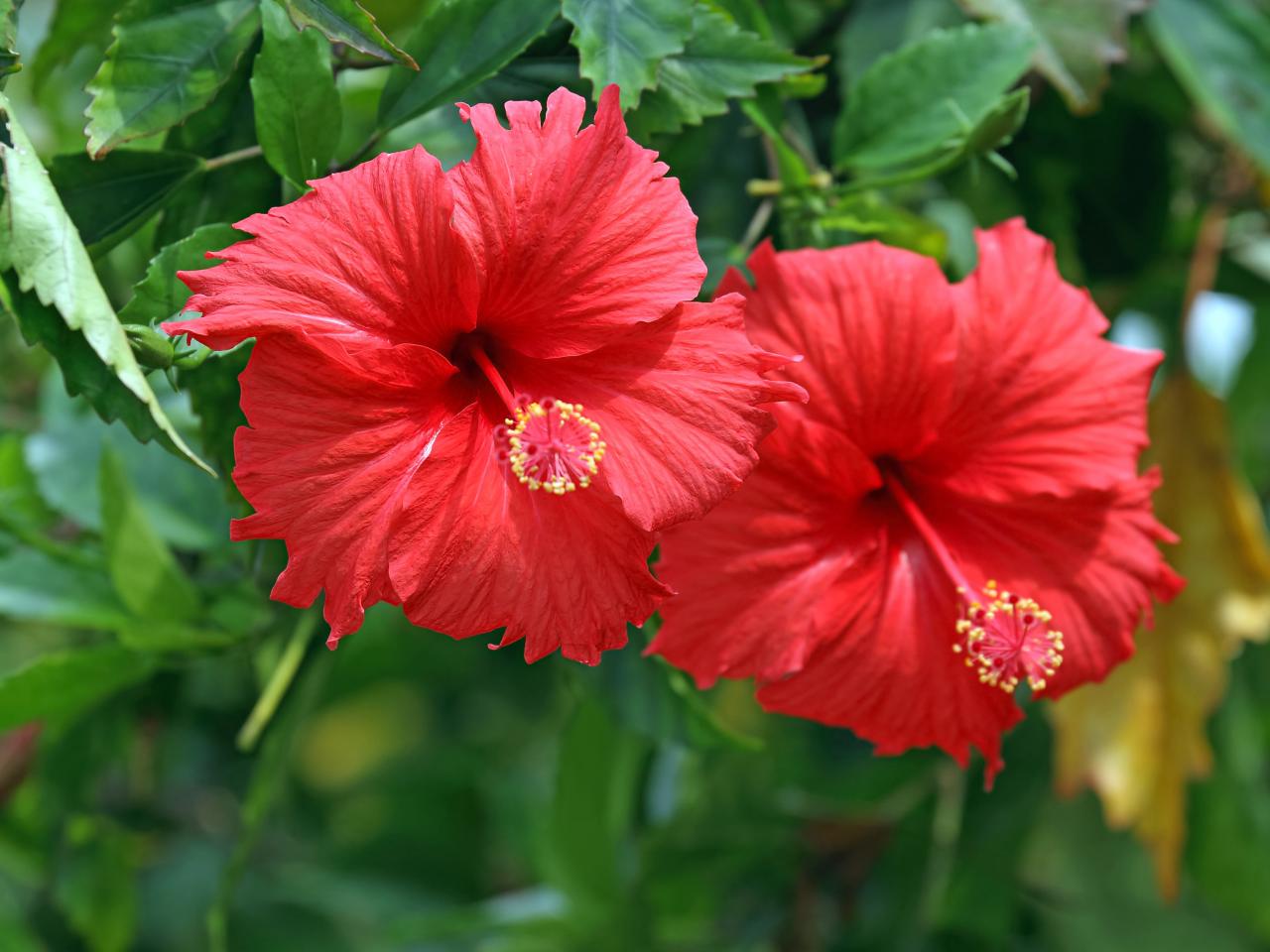

Plant Care & Gardening Tips
How To Grow Native American Hibiscus Plant
Modified: February 25, 2024
Learn expert plant care and gardening tips for growing native American hibiscus plants. Discover the best practices for nurturing and maintaining a thriving hibiscus garden.
(Many of the links in this article redirect to a specific reviewed product. Your purchase of these products through affiliate links helps to generate commission for Storables.com, at no extra cost. Learn more)
**
Introduction
**
Welcome to the enchanting world of gardening, where the vibrant hues and delicate petals of the Native American Hibiscus plant beckon both novice and seasoned gardeners alike. In this comprehensive guide, we will delve into the art of cultivating and nurturing this captivating plant, unveiling the secrets to fostering its growth and ensuring its flourishing presence in your garden.
The Native American Hibiscus, also known as Hibiscus moscheutos, is a stunning perennial plant native to North America, revered for its resplendent blossoms and robust nature. Its large, showy flowers in shades of pink, red, or white, coupled with its impressive size, make it a striking addition to any garden landscape. Whether you are an avid gardener seeking to expand your botanical repertoire or a newcomer with a penchant for vibrant floral displays, the Native American Hibiscus is a delightful choice that promises to elevate the allure of your outdoor space.
Throughout this guide, we will embark on a journey through the essential aspects of cultivating and caring for the Native American Hibiscus. From understanding its unique characteristics to providing optimal growing conditions, we will explore every facet of nurturing this remarkable plant. Additionally, we will uncover the best practices for addressing potential challenges such as pests and diseases, equipping you with the knowledge to safeguard the health and vitality of your hibiscus plants.
Whether you aspire to create a captivating floral oasis in your backyard or simply wish to revel in the beauty of these resplendent blooms, this guide will equip you with the insights and expertise needed to cultivate thriving Native American Hibiscus plants. So, roll up your sleeves, don your gardening gloves, and let's embark on a horticultural adventure that celebrates the splendor of the Native American Hibiscus.
Key Takeaways:
- Embrace the vibrant beauty of Native American Hibiscus plants by providing ample sunlight, moisture, and well-draining soil for their robust growth and resplendent blooms in your garden.
- Cultivating Native American Hibiscus plants is a journey of nurturing natural beauty, from understanding their unique traits to propagating new plants, fostering a thriving and captivating garden landscape.
Understanding Native American Hibiscus
Before delving into the cultivation of the Native American Hibiscus, it is essential to gain a deeper understanding of this captivating plant. Hibiscus moscheutos, a member of the Malvaceae family, is a hardy perennial that thrives in moist, marshy environments, making it well-suited to wetland gardens and areas with ample water sources.
One of the most distinctive features of the Native American Hibiscus is its striking flowers, which can measure up to 10 inches in diameter. These showy blossoms typically boast shades of pink, red, or white, adding a vibrant splash of color to any outdoor setting. The plant’s foliage is equally noteworthy, with large, lobed leaves that contribute to its lush and verdant appearance.
When it comes to size, the Native American Hibiscus is known for its impressive stature, often reaching heights of 3 to 7 feet. This commanding presence makes it an excellent choice for creating visual interest and vertical accents within garden landscapes, particularly in areas where a bold, eye-catching display is desired.
Furthermore, the Native American Hibiscus is celebrated for its resilience and adaptability. It can thrive in a range of climates, from the humid regions of the southeastern United States to more temperate zones, making it a versatile addition to gardens across the country. Its ability to attract pollinators, such as bees and butterflies, further enhances its ecological value, contributing to the biodiversity of the surrounding environment.
By familiarizing yourself with the unique traits and characteristics of the Native American Hibiscus, you can gain a profound appreciation for its ornamental and ecological significance. This understanding will serve as the foundation for successfully cultivating and nurturing these remarkable plants, allowing you to harness their beauty and vitality within your own garden space.
Choosing the Right Location
When embarking on the journey of cultivating Native American Hibiscus plants, selecting the optimal location is paramount to their long-term health and vitality. These plants thrive in environments that mimic their natural habitat, characterized by ample moisture, sunlight, and room to flourish.
Sunlight Requirements:
Native American Hibiscus plants thrive in full sun to partial shade, making it essential to choose a location that receives at least 6 to 8 hours of direct sunlight each day. In regions with scorching afternoon sun, providing some respite from intense heat during the hottest part of the day can be beneficial. However, in cooler climates, ample sunlight is crucial to encourage robust growth and prolific blooming.
Moisture and Soil Conditions:
Given their preference for moist, well-draining soil, Native American Hibiscus plants are ideally suited to areas with consistent access to water. Consider locating them near sources of moisture, such as ponds, streams, or low-lying areas that naturally retain water. When it comes to soil, a rich, loamy composition with good drainage is key to supporting the plant’s development and preventing waterlogged conditions that can impede growth.
Space and Air Circulation:
Due to their impressive size and expansive foliage, Native American Hibiscus plants benefit from ample space to spread their roots and branches. When choosing a location, ensure that the plants have room to grow unhindered, avoiding overcrowded areas that may stifle their development. Additionally, promoting adequate air circulation around the plants can help prevent issues such as mildew and fungal diseases, fostering a healthier growing environment.
By carefully considering these factors and selecting a location that aligns with the Native American Hibiscus’s specific requirements, you can lay the groundwork for a thriving and visually captivating garden display. With the right location in place, these resilient and alluring plants are poised to grace your outdoor space with their resplendent blooms and verdant foliage.
Soil Preparation
Preparing the soil for Native American Hibiscus plants is a crucial step in creating an environment that fosters their growth and vitality. By ensuring that the soil is rich in nutrients, well-draining, and conducive to the plant’s root development, you can set the stage for robust and flourishing hibiscus specimens.
Assessing Soil Quality:
Before planting, it is advisable to assess the quality of the soil in the chosen location. Conduct a soil test to determine its pH level and nutrient composition, allowing you to make informed decisions about any necessary amendments. Native American Hibiscus plants thrive in slightly acidic to neutral soil with a pH range of 6.0 to 7.0, ensuring optimal nutrient uptake and overall health.
Improving Soil Structure:
If the soil is compacted or lacks sufficient organic matter, incorporating compost, well-rotted manure, or peat moss can enhance its structure and fertility. These organic amendments not only improve drainage and aeration but also provide essential nutrients that support the plant’s growth. Work the organic matter into the soil to a depth of 12 to 18 inches, creating a nutrient-rich foundation for the hibiscus plants to thrive.
Ensuring Good Drainage:
Native American Hibiscus plants detest waterlogged conditions, making proper drainage a non-negotiable aspect of soil preparation. If the chosen location has a tendency to retain excess moisture, amending the soil with coarse sand or perlite can improve drainage, preventing water from accumulating around the plant’s roots. This is particularly crucial in areas with heavy clay soil, where water retention can pose a significant challenge to plant health.
Mulching for Moisture Retention:
Once the soil is prepared and the hibiscus plants are in place, applying a layer of organic mulch around the base of the plants can help retain moisture, regulate soil temperature, and suppress weed growth. Organic mulches such as wood chips, straw, or shredded bark not only enhance the visual appeal of the garden bed but also contribute to the overall health and vigor of the hibiscus plants.
By meticulously preparing the soil and creating an environment that aligns with the Native American Hibiscus’s preferences, you can establish a nurturing foundation for these resplendent plants to thrive. With nutrient-rich, well-drained soil at their disposal, they are poised to grace your garden with their striking blooms and verdant foliage, captivating all who behold their natural splendor.
Planting Native American Hibiscus
As you embark on the exciting journey of planting Native American Hibiscus, it’s essential to approach this process with care and attention to detail. By following best practices for planting, you can ensure that these resplendent plants establish strong roots and thrive in their new environment, ultimately gracing your garden with their vibrant blooms and lush foliage.
Timing and Spacing:
Native American Hibiscus plants are typically best planted in spring, after the threat of frost has passed and the soil has begun to warm. When selecting a location for planting, allow ample space between individual plants, typically 3 to 4 feet apart. This generous spacing not only accommodates the plant’s mature size but also promotes air circulation, reducing the risk of fungal diseases and other issues.
Digging the Planting Hole:
When preparing the planting hole, aim to make it twice as wide as the plant’s root ball but no deeper. This allows the roots to spread out and establish themselves within the soil. Gently loosen the roots of the hibiscus plant before placing it in the hole, ensuring that it sits at the same depth as it was previously growing. Backfill the hole with soil, gently firming it around the base of the plant to eliminate air pockets.
Watering and Mulching:
After planting, thoroughly water the hibiscus to settle the soil and provide essential moisture to the roots. Applying a layer of organic mulch around the base of the plant can help retain moisture, regulate soil temperature, and inhibit weed growth. Mulch also contributes to the overall aesthetics of the garden bed, enhancing the visual appeal of the planting area.
Staking and Support:
Depending on the size and growth habit of the hibiscus variety, staking may be necessary to provide support and prevent the plants from leaning or becoming damaged in inclement weather. Use soft ties or fabric strips to secure the plants to the stakes, being mindful not to constrict their growth or cause damage to the stems.
By adhering to these planting guidelines and providing the Native American Hibiscus plants with a nurturing start, you can set the stage for their flourishing presence in your garden. With proper spacing, meticulous planting techniques, and thoughtful care, these captivating plants are primed to establish themselves and delight you with their stunning floral displays for years to come.
Plant native American hibiscus in well-drained soil and full sun. Water regularly, especially during dry periods. Prune in early spring to encourage new growth.
Watering and Fertilizing
Proper watering and fertilizing practices play a pivotal role in nurturing healthy and vibrant Native American Hibiscus plants, ensuring that they receive the essential nutrients and moisture needed to thrive. By adhering to guidelines for watering frequency and employing suitable fertilization techniques, you can support the robust growth and prolific blooming of these captivating plants.
Watering Guidelines:
Native American Hibiscus plants have a preference for consistently moist soil, making regular watering a fundamental aspect of their care. During the growing season, aim to provide approximately 1 inch of water per week, either through rainfall or supplemental irrigation. In periods of intense heat or drought, it may be necessary to increase the frequency of watering to prevent the soil from drying out excessively.
Mulching for Moisture Retention:
Applying a layer of organic mulch around the base of the hibiscus plants can help retain soil moisture, reducing the frequency of watering and providing a buffer against fluctuations in soil temperature. Organic mulches such as wood chips, shredded bark, or compost not only aid in moisture retention but also contribute valuable organic matter to the soil as they break down over time.
Fertilization Practices:
When it comes to fertilizing Native American Hibiscus plants, a balanced, slow-release fertilizer formulated for flowering perennials can provide the necessary nutrients for robust growth and prolific blooming. Apply the fertilizer according to the manufacturer’s recommendations, typically in early spring as new growth emerges. Avoid over-fertilization, as excessive nitrogen can lead to lush foliage at the expense of flower production.
Feeding for Blooming Enhancement:
For those seeking to promote abundant blooming, a fertilizer with a higher phosphorus content can encourage the development of vibrant flowers. Phosphorus is essential for flower formation and can bolster the hibiscus plants’ capacity to produce an impressive array of blossoms. Apply the bloom-enhancing fertilizer in early to mid-summer, following the package instructions for application rates.
By adhering to these watering and fertilizing practices, you can provide the Native American Hibiscus plants with the essential elements for sustained growth and prolific blooming. With a balanced approach to moisture management and nutrient provision, these resplendent plants are poised to grace your garden with their vibrant floral displays and verdant foliage, captivating all who behold their natural splendor.
Pruning and Maintenance
Pruning and maintenance are integral components of caring for Native American Hibiscus plants, ensuring their continued health, vigor, and visual appeal. By implementing prudent pruning practices and addressing essential maintenance tasks, you can promote robust growth, prolific blooming, and the overall well-being of these resplendent garden specimens.
Pruning for Shape and Size:
Regular pruning is beneficial for controlling the shape and size of Native American Hibiscus plants, particularly as they can exhibit vigorous growth and reach considerable heights. In late winter or early spring, before new growth emerges, assess the plants and selectively prune any dead, damaged, or overgrown branches. Aim to maintain a balanced and open framework that allows for adequate air circulation and sunlight penetration throughout the plant’s canopy.
Deadheading Spent Blooms:
Removing spent blooms, a practice known as deadheading, can encourage the production of new flowers and prolong the blooming period of the hibiscus plants. As individual blossoms fade and wither, promptly snip them off just above a set of healthy leaves or nodes. This not only promotes a tidy and attractive appearance but also redirects the plant’s energy toward the development of new buds and blooms.
Winter Maintenance:
During the winter months, Native American Hibiscus plants benefit from a degree of protection to safeguard them from the cold and inclement weather. Applying a layer of mulch around the base of the plants can help insulate the soil, moderate temperature fluctuations, and protect the roots from frost. Additionally, pruning any frost-damaged or dead branches in early spring can rejuvenate the plants and stimulate new growth.
Stem and Branch Maintenance:
Inspect the stems and branches of the hibiscus plants regularly, removing any weak, crossing, or diseased growth to maintain the plant’s structural integrity and overall health. Prune back any excessively long or unruly branches to encourage a more compact and tidy growth habit, promoting a balanced and visually appealing appearance.
By incorporating these prudent pruning and maintenance practices into your horticultural routine, you can nurture the continued vitality and visual allure of the Native American Hibiscus plants. With thoughtful care and attention, these resplendent specimens are poised to flourish and grace your garden with their vibrant blooms and verdant foliage, captivating all who behold their natural splendor.
Dealing with Pests and Diseases
While Native American Hibiscus plants are generally resilient, they can be susceptible to certain pests and diseases that may compromise their health and visual appeal. By remaining vigilant and employing proactive measures, you can effectively address these challenges, safeguarding the vitality and vibrancy of these captivating garden specimens.
Common Pests:
Aphids, spider mites, and whiteflies are among the common pests that may target Native American Hibiscus plants. These sap-sucking insects can cause stunted growth, distorted foliage, and a decline in overall plant vigor. Regularly inspect the undersides of leaves and the tender growth tips for signs of infestation, and employ targeted treatments such as insecticidal soaps or horticultural oils to mitigate pest populations.
Fungal Diseases:
Fungal diseases, including powdery mildew and leaf spot, can affect the foliage of Native American Hibiscus plants, leading to unsightly blemishes and potential defoliation. To prevent fungal issues, ensure proper air circulation around the plants by spacing them adequately and avoiding overhead watering. If fungal diseases do manifest, prompt intervention with fungicidal treatments can help arrest the spread and protect the plant’s overall health.
Cultural Practices:
Implementing sound cultural practices can bolster the plants’ natural defenses against pests and diseases. This includes maintaining good sanitation by promptly removing fallen leaves and plant debris, which can harbor pathogens and pest eggs. Additionally, avoiding excessive overhead watering and ensuring proper spacing and air circulation can mitigate conditions conducive to fungal development.
Integrated Pest Management:
Adopting an integrated pest management (IPM) approach can be instrumental in addressing pest and disease issues while minimizing the use of chemical interventions. This holistic strategy encompasses preventive measures, regular monitoring, and the targeted application of treatments as needed, with an emphasis on ecological balance and long-term solutions.
By remaining attentive to the potential threats posed by pests and diseases and implementing proactive measures, you can effectively safeguard the health and vitality of Native American Hibiscus plants. With a combination of vigilance, cultural practices, and targeted interventions, these resplendent garden specimens are poised to thrive and grace your outdoor space with their vibrant blooms and lush foliage, captivating all who behold their natural splendor.
Propagation Methods
Propagating Native American Hibiscus plants offers an enriching opportunity to expand your garden’s floral repertoire and share the beauty of these captivating specimens with friends and fellow gardening enthusiasts. By exploring various propagation methods, you can multiply your hibiscus collection and cultivate new plants to adorn your outdoor space, fostering a thriving and diverse garden landscape.
Seed Propagation:
Propagating Native American Hibiscus from seeds is a viable and rewarding method that allows you to cultivate new plants while preserving genetic diversity. To begin, collect mature seeds from the hibiscus plants and sow them in well-draining, moist potting mix. Maintain consistent moisture and warmth, typically through bottom heat, to encourage germination. As the seedlings develop, transplant them into individual containers, providing ample light and nurturing conditions to support their growth.
Division:
Dividing established hibiscus plants is an effective means of propagation, particularly for specimens that have grown into sizable clumps. In early spring, carefully dig up the plant and divide the root ball into sections, ensuring that each division possesses healthy roots and viable growth points. Replant the divisions in prepared soil, water them thoroughly, and provide attentive care as they acclimate to their new growing environment.
Softwood Cuttings:
Propagating hibiscus plants from softwood cuttings offers a reliable method for generating new plants with genetic traits identical to the parent specimen. In late spring or early summer, select healthy, non-flowering shoots and take 4- to 6-inch cuttings, removing the lower leaves and treating the cut ends with a rooting hormone. Plant the cuttings in a well-draining rooting medium, maintain consistent moisture, and provide gentle bottom heat to facilitate root development. Once rooted, transplant the cuttings into individual containers and nurture them as they mature into robust plants.
Layering:
Layering is a propagation technique that involves encouraging the growth of roots on a stem while it is still attached to the parent plant. Select a healthy, flexible stem and make a shallow incision or wound on the underside. Apply rooting hormone to the wounded area and gently bury it in soil, securing it in place with a small stake or rock. Keep the soil consistently moist, and once roots have formed, sever the new plant from the parent and transplant it to its own growing location.
By exploring these diverse propagation methods, you can expand your hibiscus collection, share the beauty of these resplendent plants with others, and contribute to the rich tapestry of your garden landscape. Whether through seeds, division, cuttings, or layering, each propagation method offers a unique and rewarding avenue for cultivating new Native American Hibiscus plants, enriching your outdoor space with their vibrant blooms and lush foliage.
Read more: What Plant Did Native Americans Use For Soap
Conclusion
Cultivating Native American Hibiscus plants is a journey that intertwines horticultural expertise, a reverence for natural beauty, and a deep appreciation for the resilience and splendor of these captivating specimens. As you immerse yourself in the art of nurturing these resplendent plants, you embark on a horticultural odyssey that celebrates the vibrancy of nature and the transformative power of gardening.
By understanding the unique traits and preferences of the Native American Hibiscus, you gain insight into the art of providing optimal growing conditions, from selecting the right location to preparing nutrient-rich soil that nurtures robust growth and prolific blooming. As the plants take root and flourish in your garden, their striking blossoms and verdant foliage imbue the outdoor space with an enchanting allure, captivating all who encounter their natural splendor.
From the meticulous art of pruning and maintenance to the artful propagation of new plants, each aspect of caring for Native American Hibiscus embodies a harmonious blend of attentive stewardship and boundless creativity. As you tend to these resplendent specimens, you become a custodian of natural beauty, fostering a thriving garden landscape that reflects the enduring allure of the natural world.
Ultimately, the journey of cultivating Native American Hibiscus transcends the realm of gardening, becoming a testament to the transformative power of nature and the enduring beauty of the botanical world. Through your dedicated care and nurturing touch, these resplendent plants blossom into a living tapestry of vibrant blooms and verdant foliage, enriching your outdoor space with their timeless allure and captivating presence.
As you revel in the beauty of your flourishing hibiscus garden, may you find joy in the art of cultivation, a profound connection to the natural world, and an enduring sense of wonder inspired by the resplendent Native American Hibiscus plants that grace your garden landscape.
Frequently Asked Questions about How To Grow Native American Hibiscus Plant
Was this page helpful?
At Storables.com, we guarantee accurate and reliable information. Our content, validated by Expert Board Contributors, is crafted following stringent Editorial Policies. We're committed to providing you with well-researched, expert-backed insights for all your informational needs.
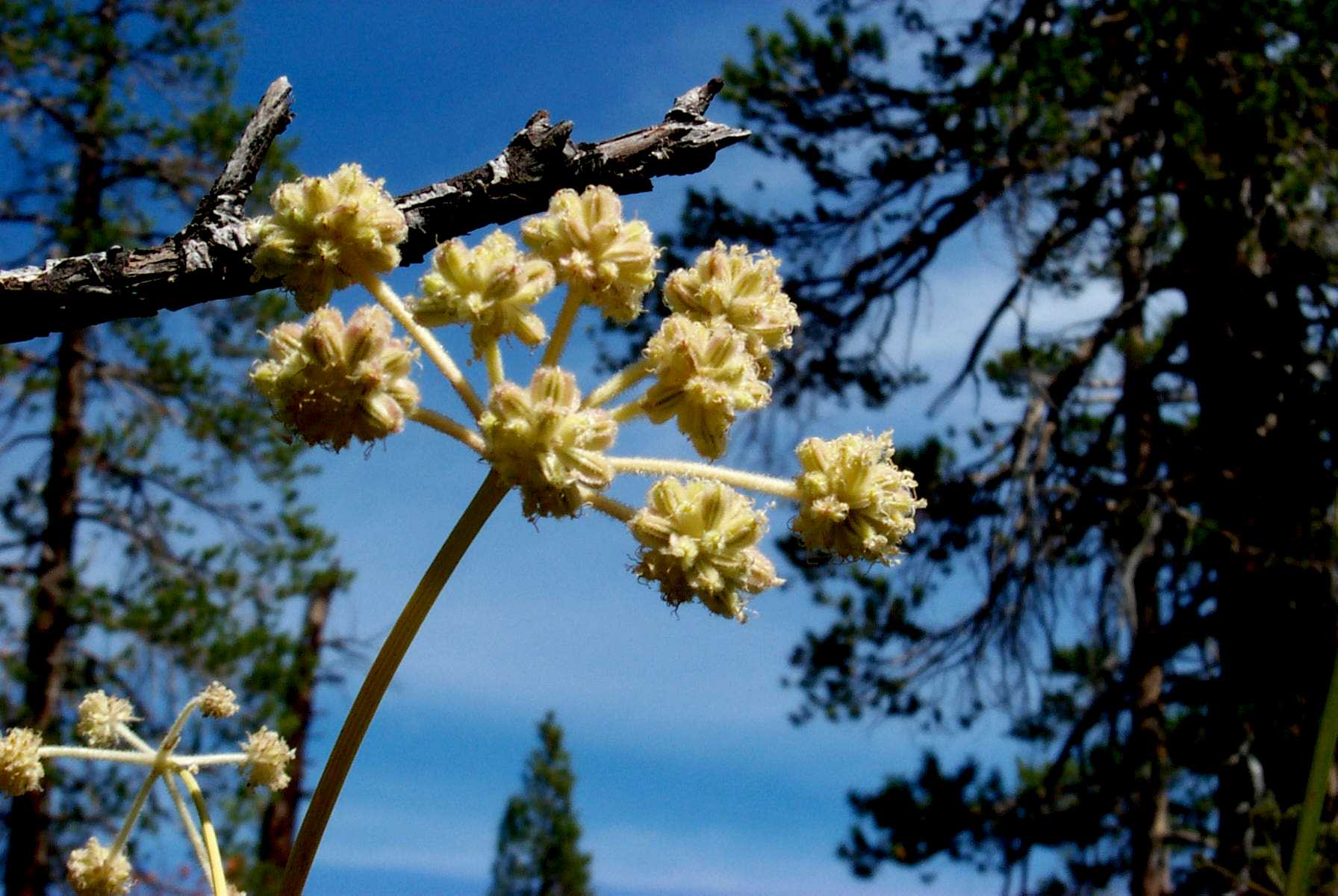
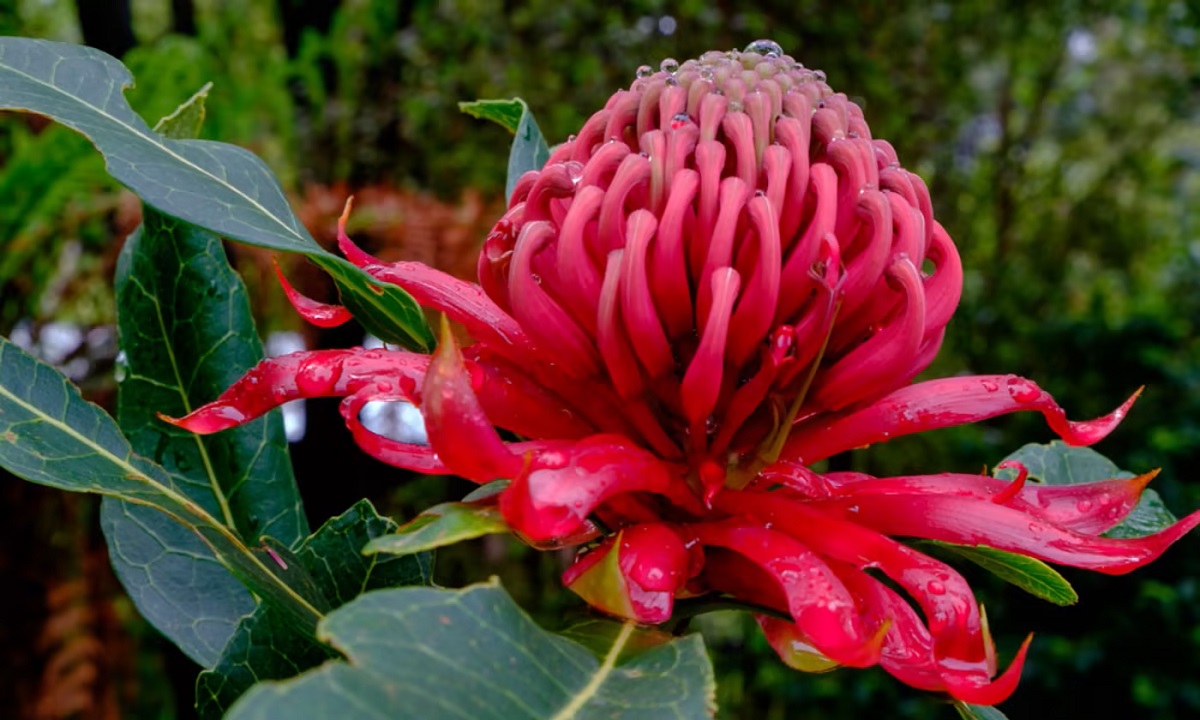
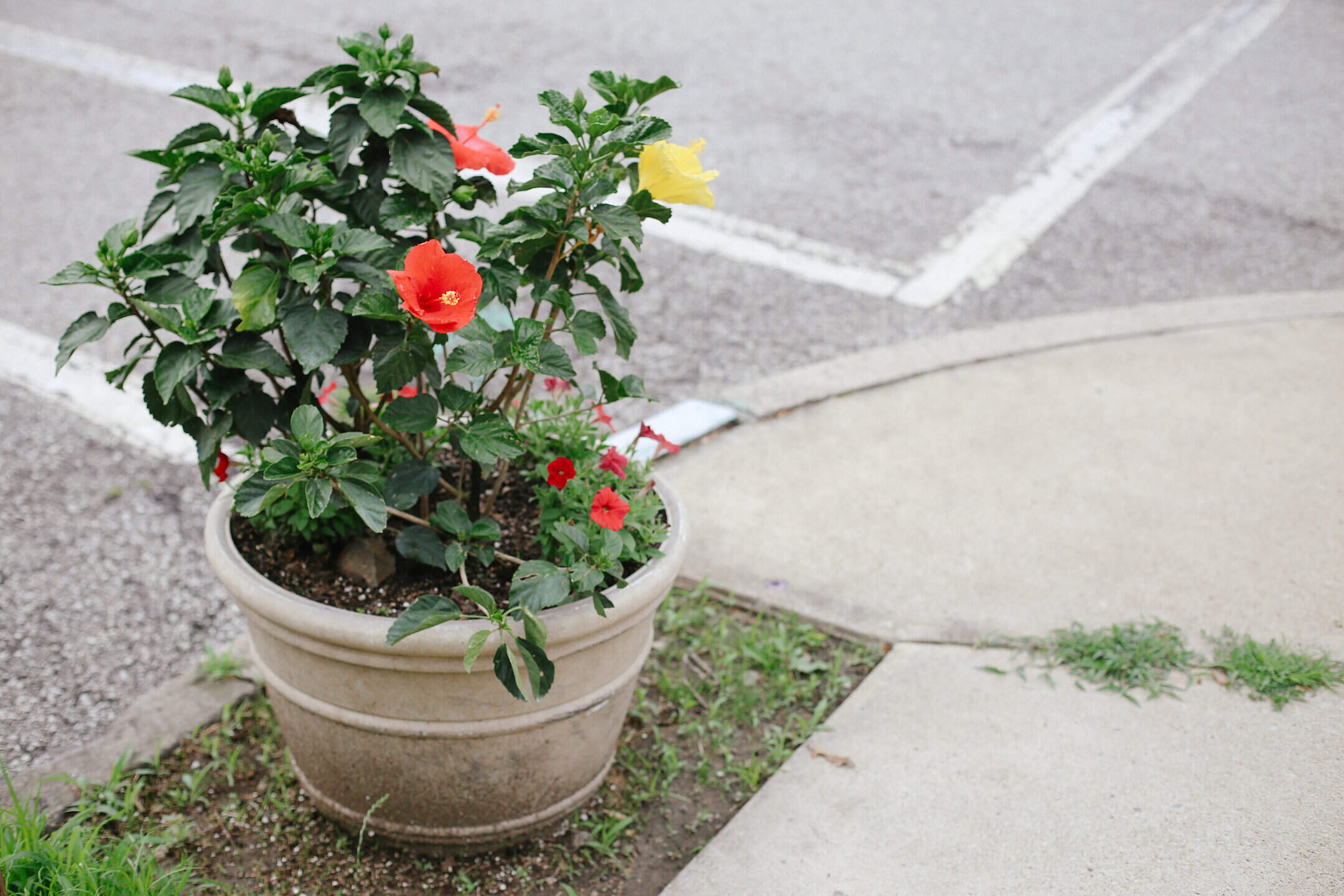
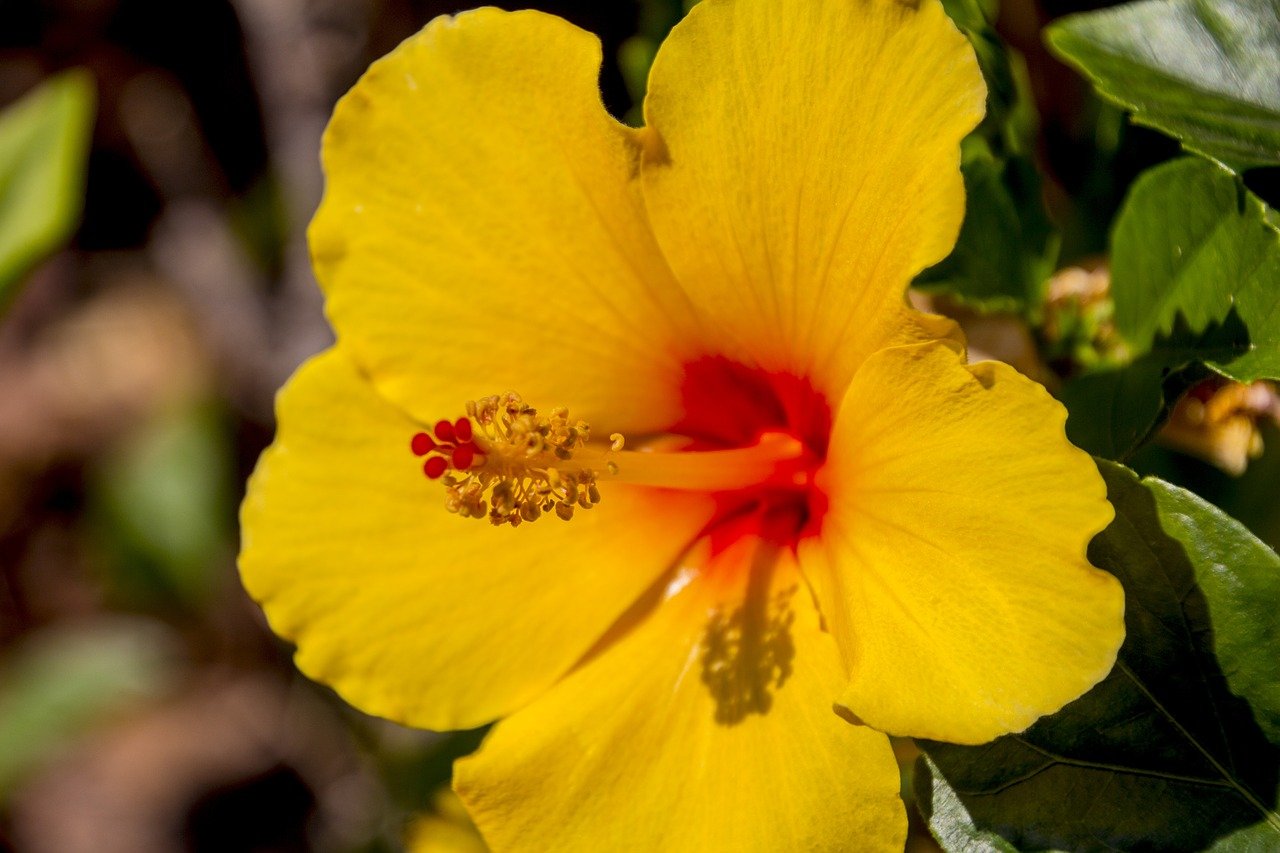
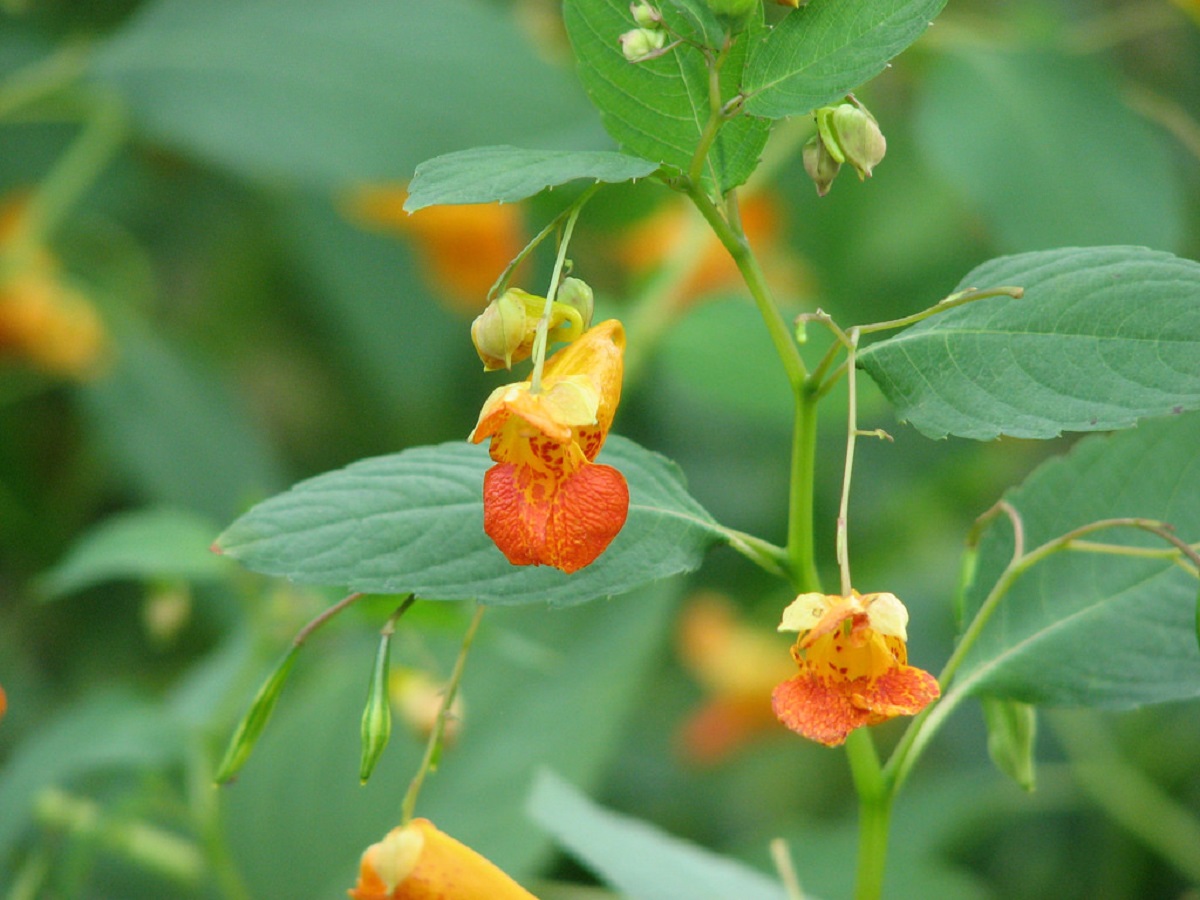
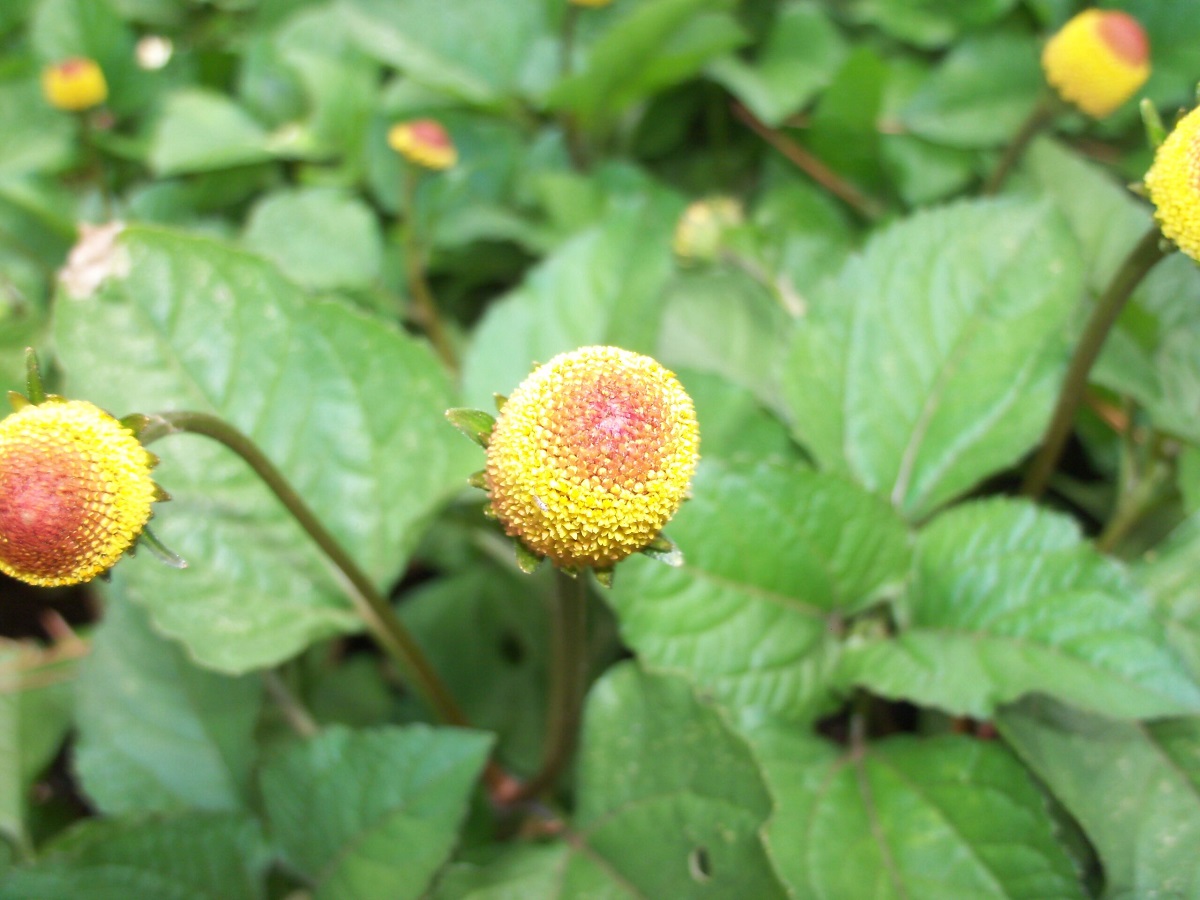
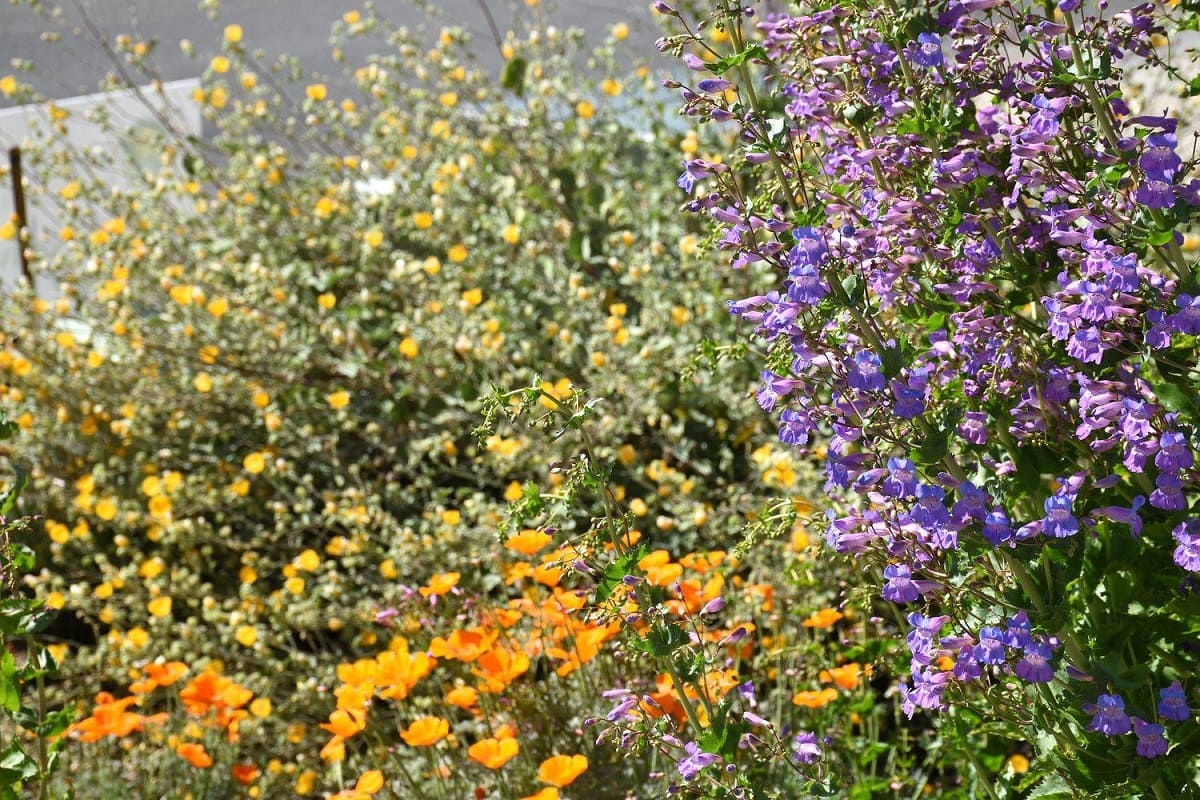
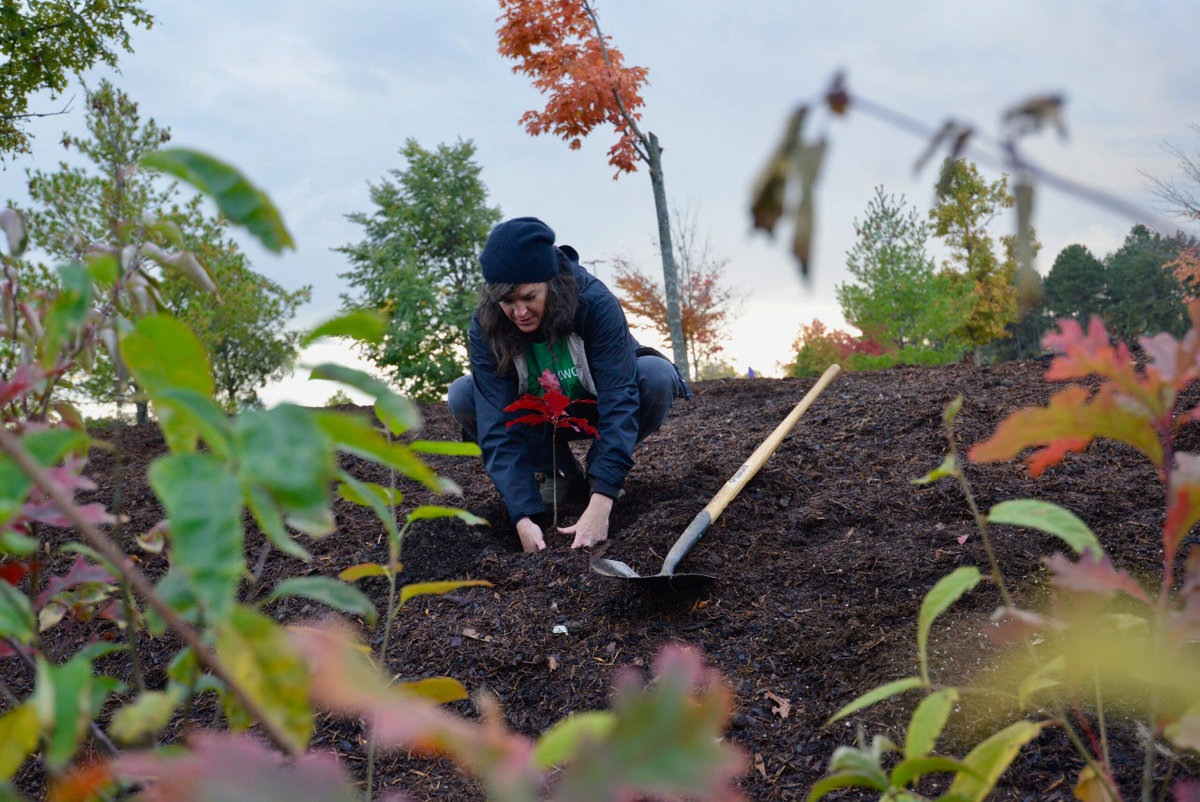
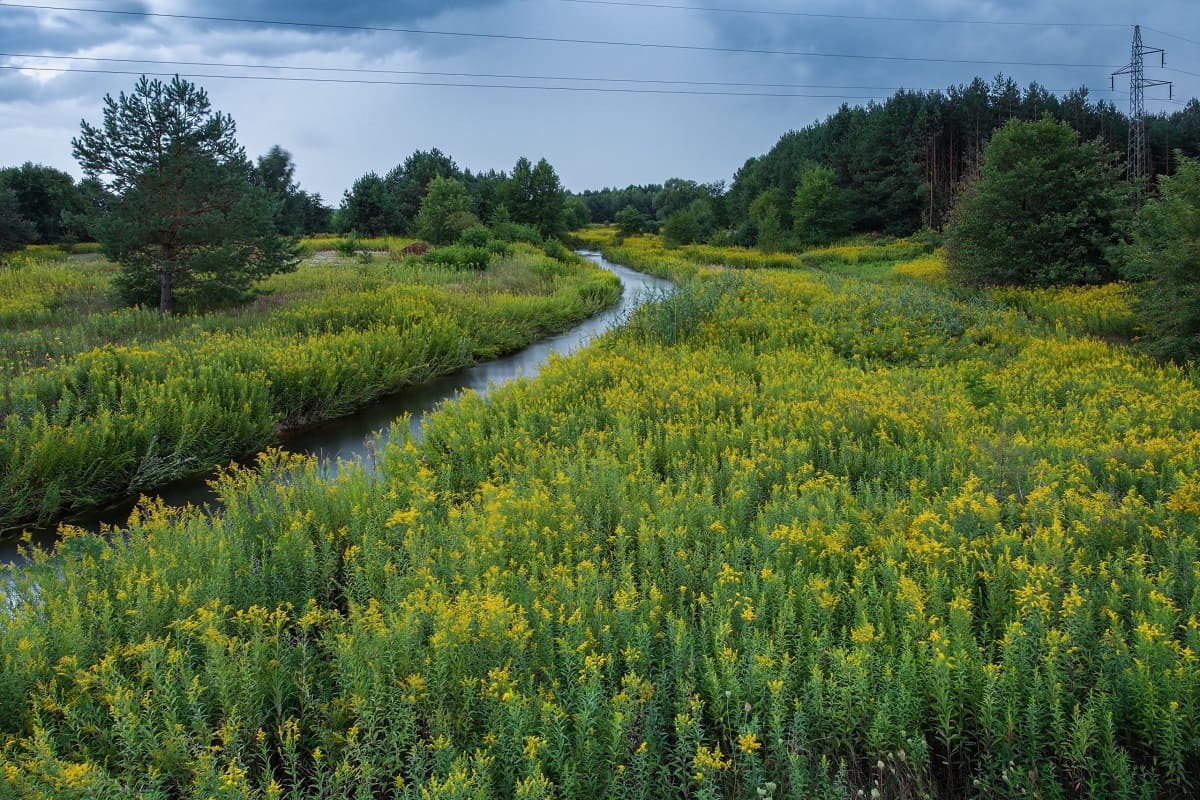
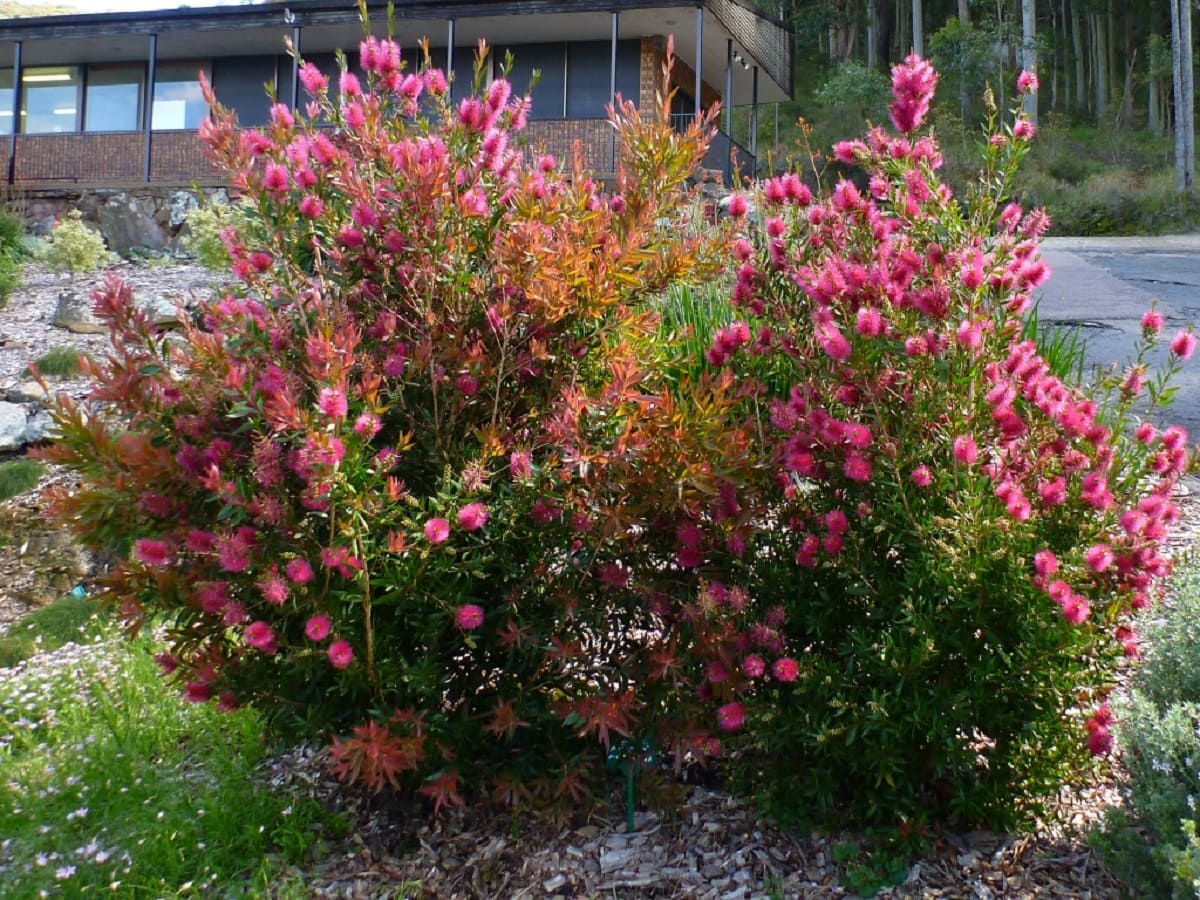
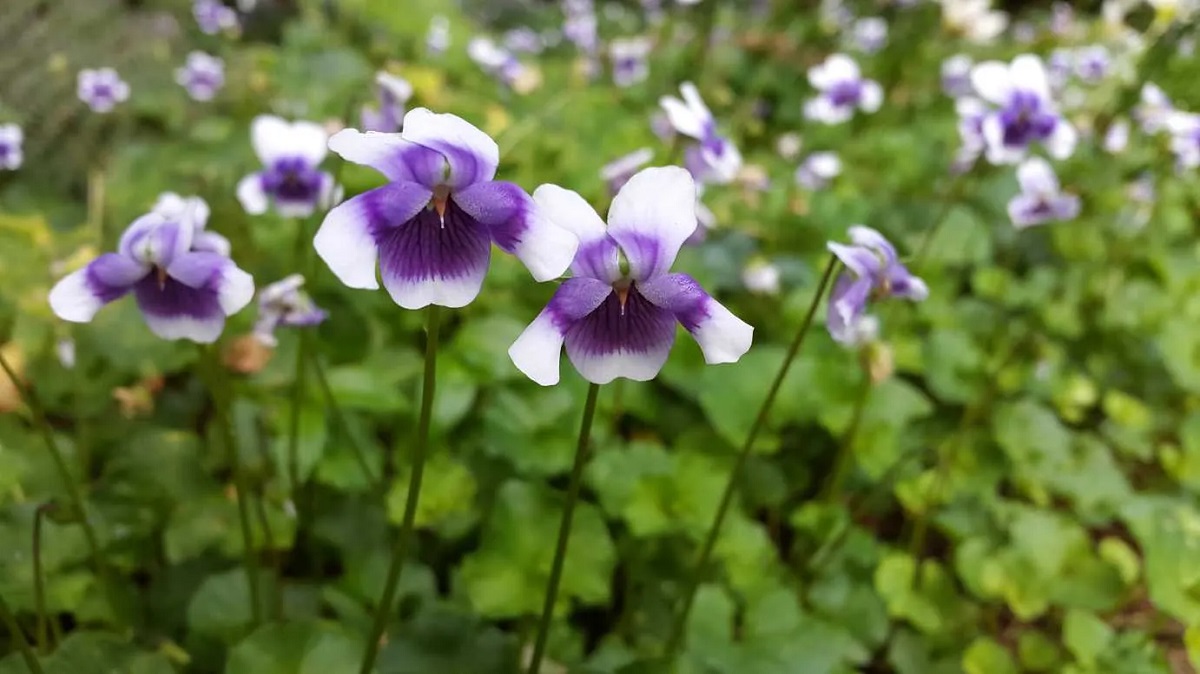
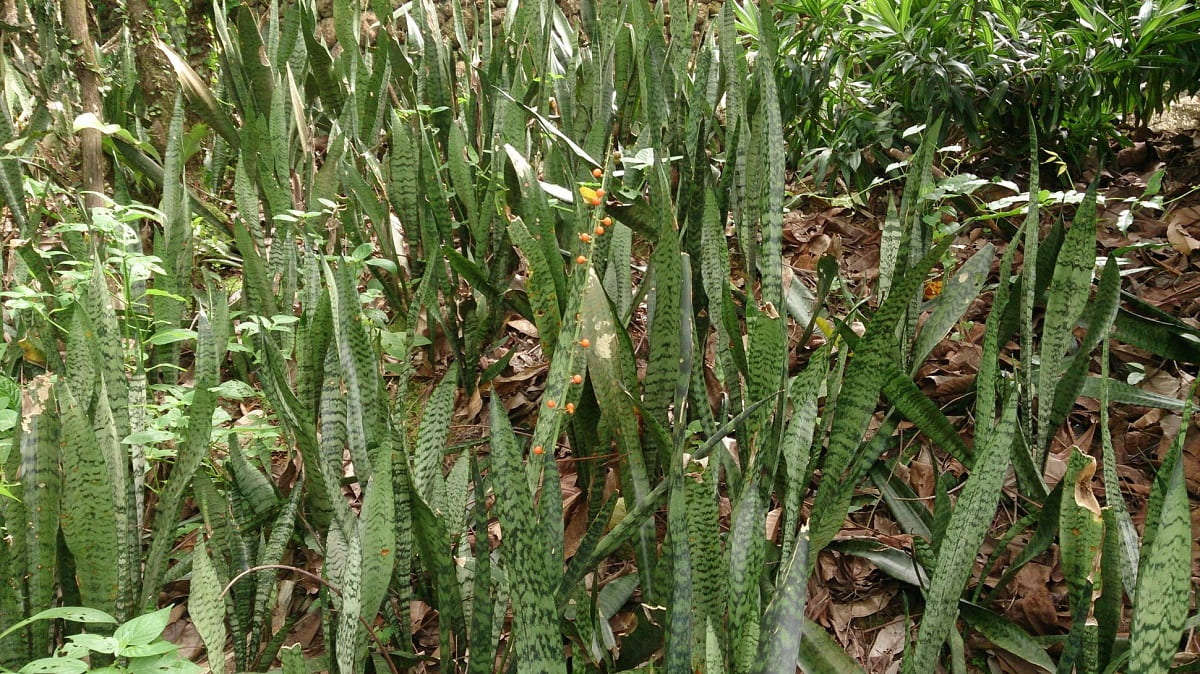
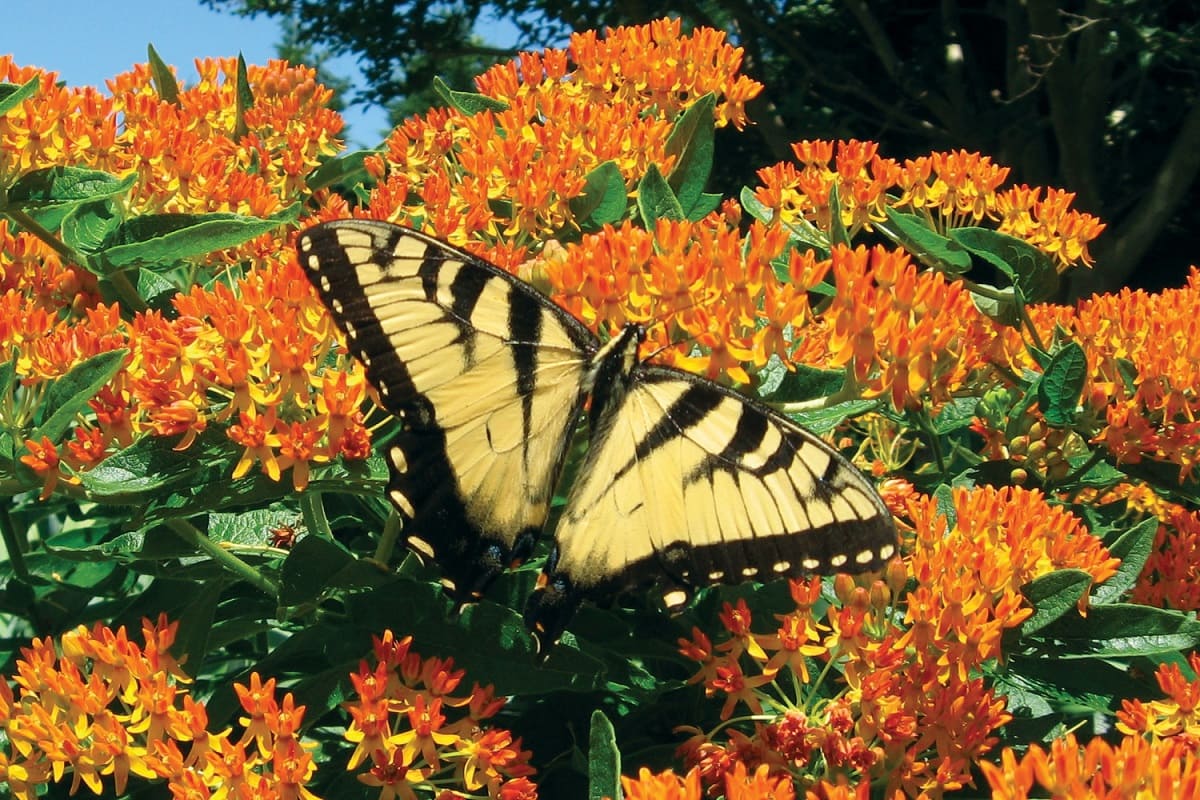

0 thoughts on “How To Grow Native American Hibiscus Plant”